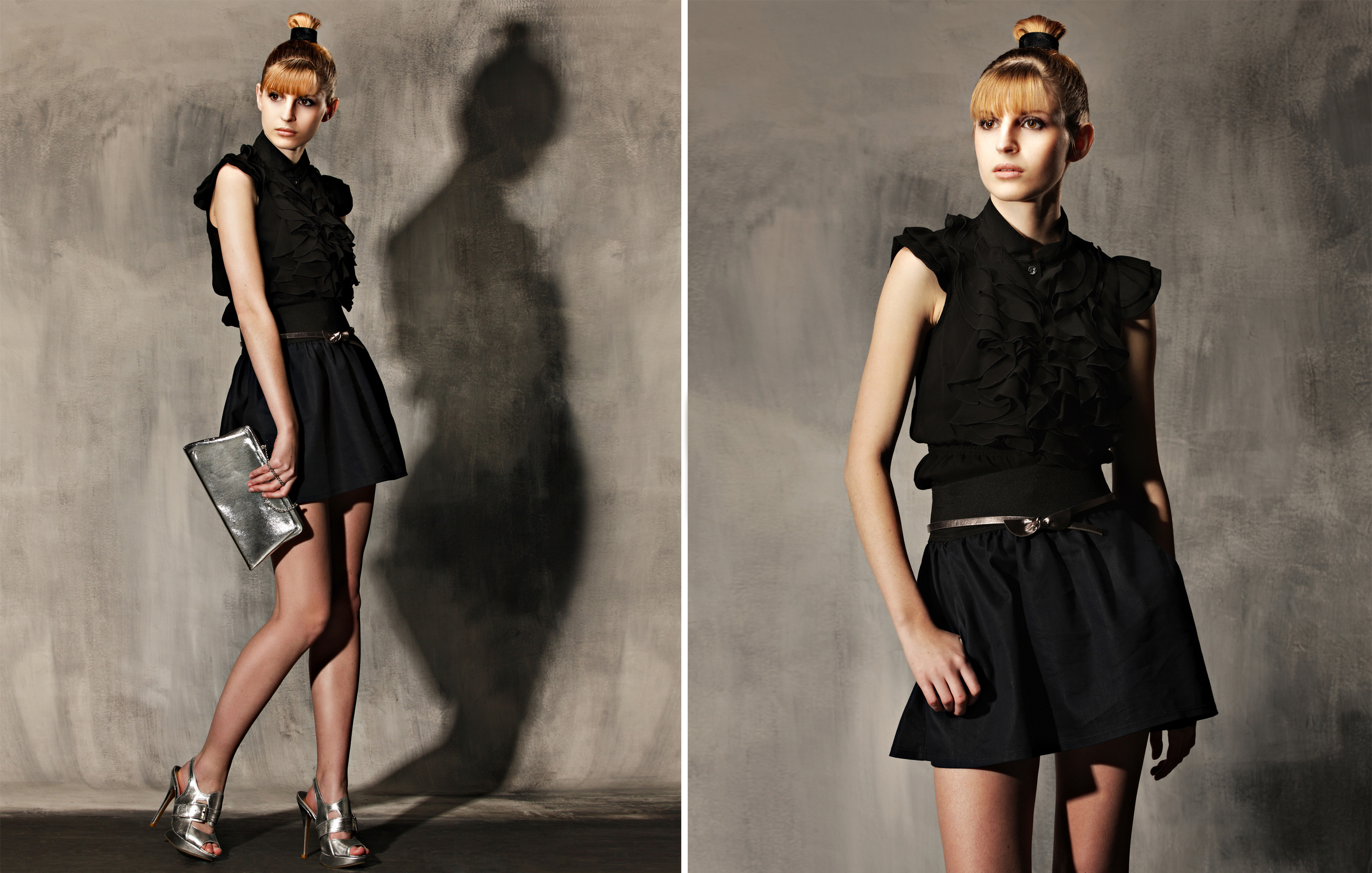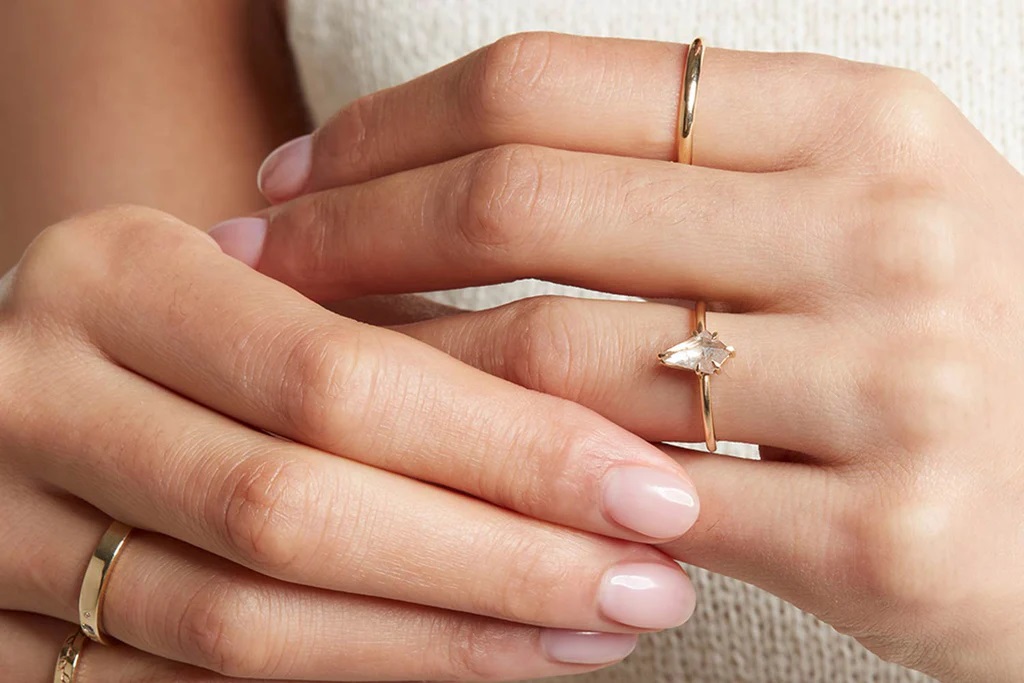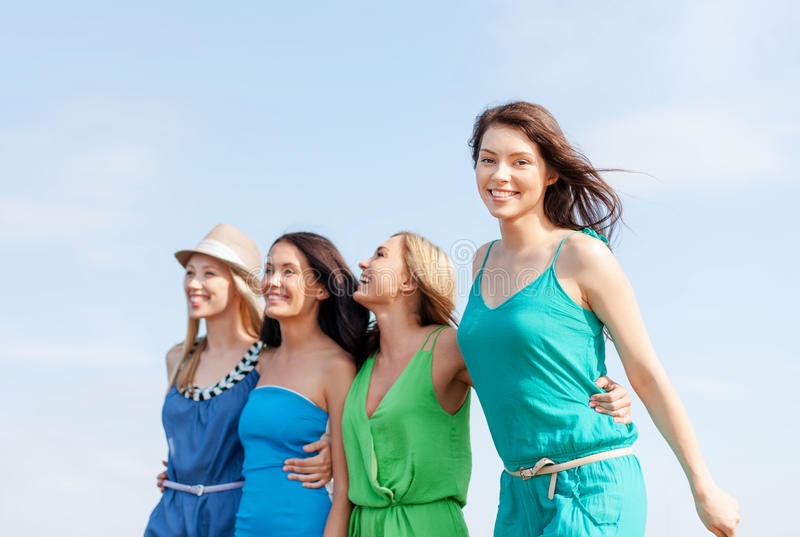Bruce Weber Photographer Talks About the Difference Between Editorial and Commercial Photography

If the image of a celebrity posing in a certain outfit is used to accompany a magazine article about that particular style, brand or theme of clothing, then it will be considered to be an editorial photograph. However, if a similar image is put up on a billboard or published in the newspaper as an advertisement for a fashion brand, it would be considered to be a commercial photo. The key difference between commercial and editorial photography is process and result. Bruce Weber Photographer engages in both editorial and commercial fashion photography.
Editorial photography refers to images that tend to run alongside text in publications, for the purpose of telling a story or educating the readers. For instance, a feature story about a new fine-dining restaurant may include images of the menu items, décor, and the venue. Fashion photography additionally is a variant of editorial photography where solely images can be used to tell a story, without requiring any text. For instance, fashion editorials in a magazine can include multi page spreads that reflect a theme without any words. In such images, photography tends to be more about representing a mood, rather than selling products. Commercial photos, on the other hand, are used for entertainment promotion, brochures, book covers, product packaging and advertisement. Their key goal is to promote a product or service.
Here are some of the major differences between editorial and commercial photography:
- Goal: The prime objective of editorial photography is to tell a story, while commercial photography is focused on promoting a brand and helping it to connect with the target audience.
- Client: A publication is a client for editorial photography. In the case of commercial photography, brands or companies are the clients.
- Role of the photographer: Photographers have a good degree of storytelling and creative freedom in the case of editorial photography. However, in the case of commercial photography, the photographers may have to mostly stick to the direction provided by the client.
- Ownership: In the case of editorial photography, it is the photographer who typically retains the ownership of the photos. A publication or magazine might request for exclusive ownership for a particular period of time. Editorial photographers may even license their images for stock photography. On the other hand, advertising images can work on hire or buyout when it comes to commercial photography. This basically means that the images would be owned by the brand or company commissioning the work. These images also might be licensed for a span of time and then relicensed if required.
Bruce Weber Photographer has a good amount of experience in both commercial and editorial photography. He started his commercial photography career while working on campaigns for Calvin Klein, Abercrombie & Fitch, Versace, and Ralph Lauren. On the other hand, he has done editorial work for Vogue, Vanity Fair, and Life as well. Most of the works of Bruce Weber are in black and white.




